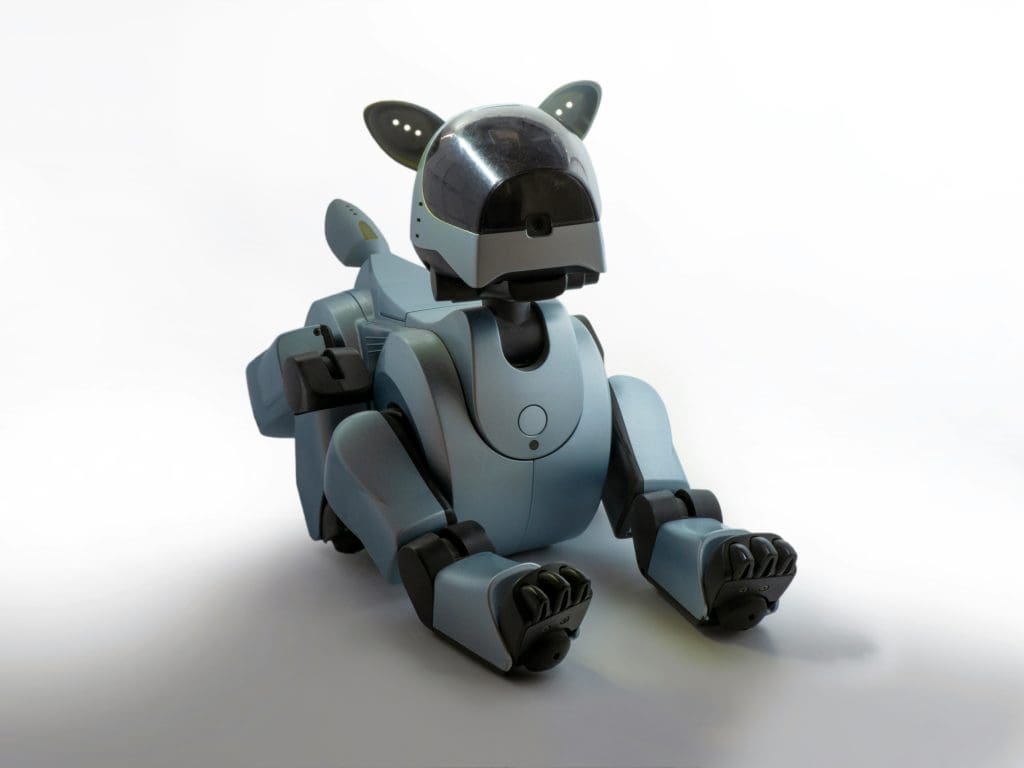Durability vs. Cost: Striking a Balance in Robot Pet Selection
Share
Table of Contents
Choosing a robot pet can feel like a tug-of-war between durability and cost. On one hand, you want a pet that lasts through years of play and companionship. On the other, you don’t want to overspend on features that may not matter to your household. Striking the right balance requires understanding how durability and price connect, and what trade-offs are worth making.
Why Does Durability Matter in Robot Pets?
Durability refers to how well a robot pet holds up over time, especially with frequent use. A durable pet is less likely to break, saving you money on repairs or replacements. Durability also affects the pet’s ability to provide consistent interaction. If it fails often, the experience quickly becomes frustrating.
Common Durability Issues in Robot Pets

- Fragile moving parts, such as ears, tails, or legs
- Weak battery life or charging ports that wear out
- Sensors that lose sensitivity with repeated use
- Plastic casings that crack from falls or rough handling
How Does Cost Influence Your Robot Pet Choice?
Cost usually reflects design, materials, and technology. High-end robot pets may include advanced AI, lifelike movement, and longer warranties. Lower-cost options may offer simpler functionality but still provide companionship.
Factors That Increase Robot Pet Prices
- Premium materials like reinforced plastic or metal joints
- Advanced AI features for learning and adapting behavior
- Specialized sensors for touch, sound, or movement
- Brand reputation and customer support
What Questions Should You Ask Before Buying?
When comparing robot pets, it helps to anticipate the long-term experience. These questions guide your decision:
- How often will the robot pet be used?
- Who will interact with it most — children, seniors, or tech enthusiasts?
- Is the warranty coverage worth the higher upfront cost?
- Do the features justify the price, or are they extras you won’t use?
- Will repairs or replacement parts be easy to find?
Is It Better to Invest in Durability or Save on Cost?
The answer depends on your household. For families with children, durability often outweighs initial savings since robot pets face rougher handling. For casual users or collectors, a less expensive option may provide enough value.
Balancing Strategies
- Start mid-range: Look for robot pets that combine strong build quality with reasonable features.
- Prioritize essentials: Choose durability in joints and battery over luxury features like facial recognition.
- Read reviews: User feedback reveals whether a budget pet breaks easily or if a premium one actually lasts.
What are Examples of Durable but Affordable Robot Pets?

While product lines change quickly, some models are designed to strike a balance:
- Entry-level robotic dogs with simple movement and sturdy casing
- Cat-style robots with basic purring and touch sensors, but reinforced joints
- Therapeutic robot pets for seniors, often built with both durability and simplicity in mind
Should You Upgrade Later Instead of Overspending Now?
Yes, many buyers find it smarter to start with a mid-range model and upgrade once they understand what features matter most. Technology improves fast, and a reasonably priced option today might provide enough companionship until the next generation of robot pets arrives.


Our Social Media
Follow Us Follow Us Follow Us